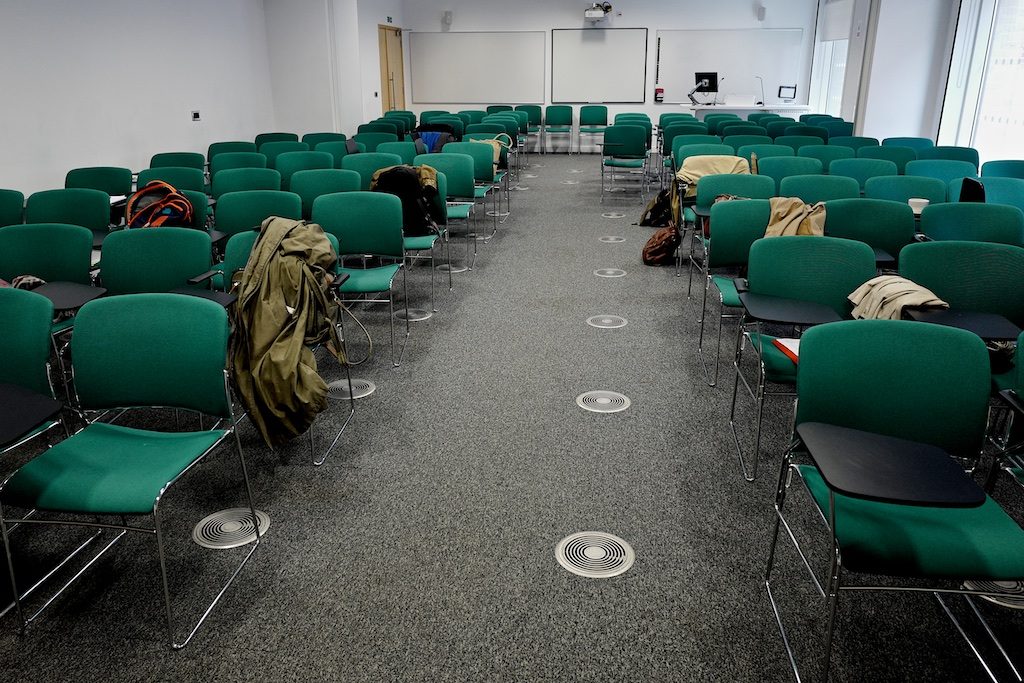Interesting news for Tesla owners:
Everyone makes mistakes, and many people try to cover them up. But if you try to hide an error made behind the wheel of a car made by Tesla Motors, you are liable to be caught out. In fact, trying to hide what really happened in any kind of car accident could soon become just about impossible.
That’s the lesson of an incident over the weekend in which the owner of a Tesla Model X SUV crashed into a building and claimed it had suddenly accelerated on its own. But Tesla vehicles are constantly connected to their manufacturer via the Internet, and the company had this to say in a statement to the Verge:
“Data shows that the vehicle was traveling at 6 mph when the accelerator pedal was abruptly increased to 100 percent … Consistent with the driver’s actions, the vehicle applied torque and accelerated as instructed.”
Quite so. So what happens when your Tesla has been hacked and the hacker instructs it to accelerate into a wall? Or into a crowd?



